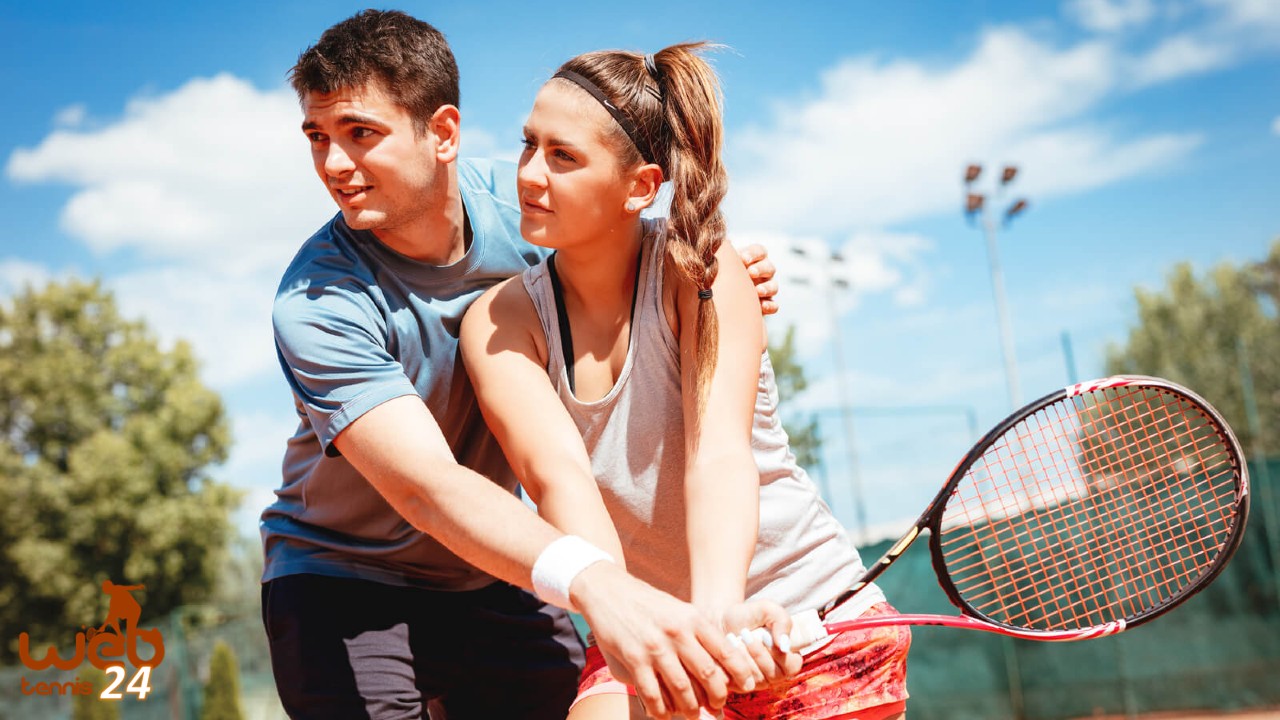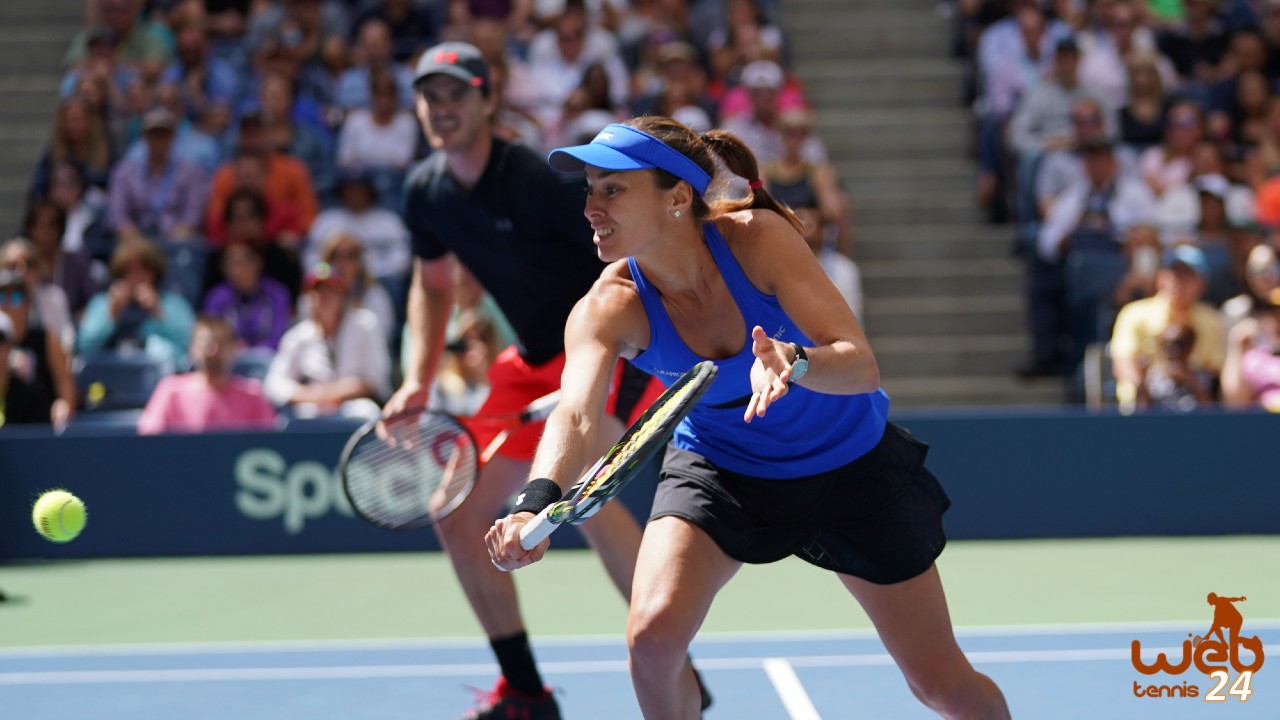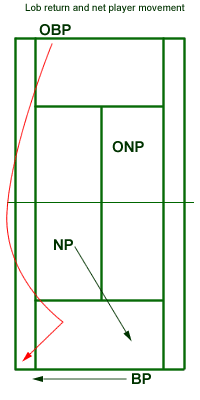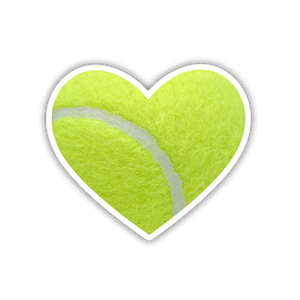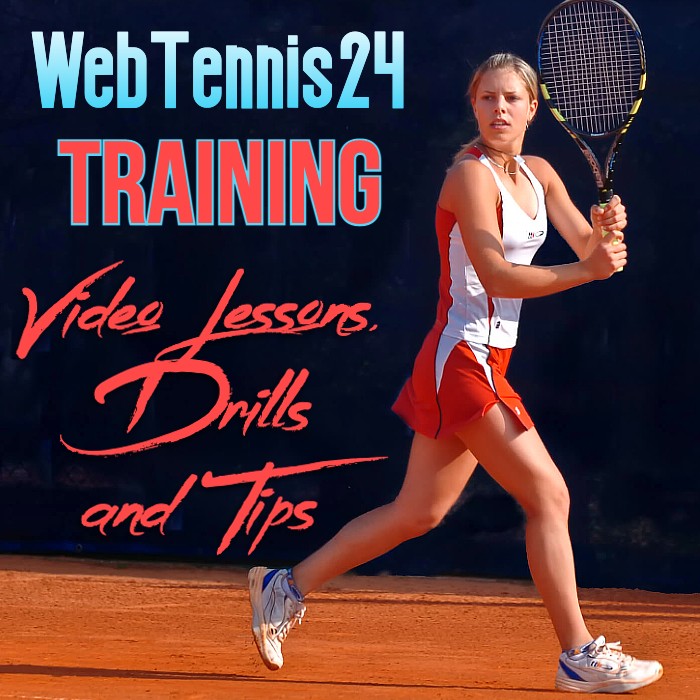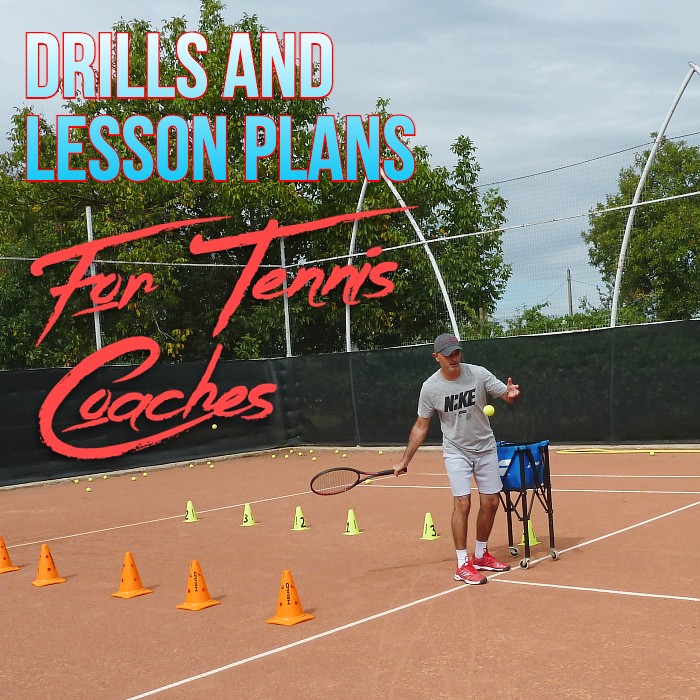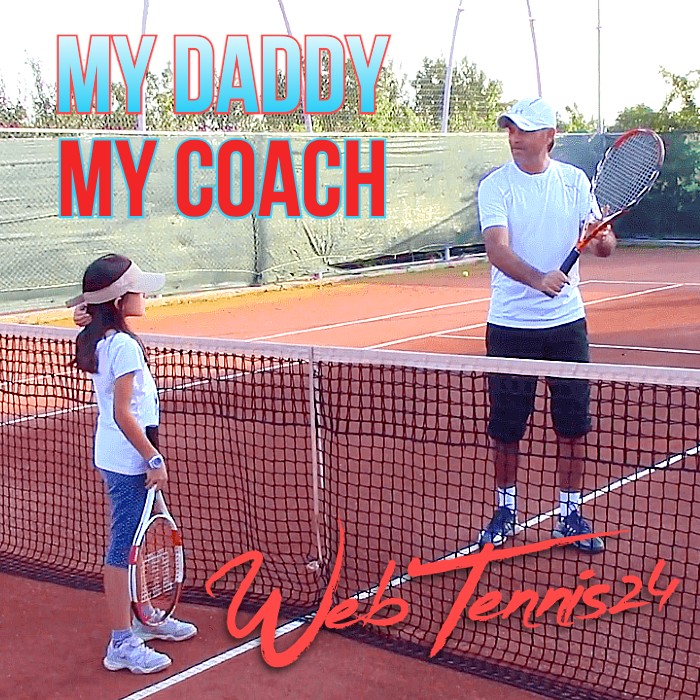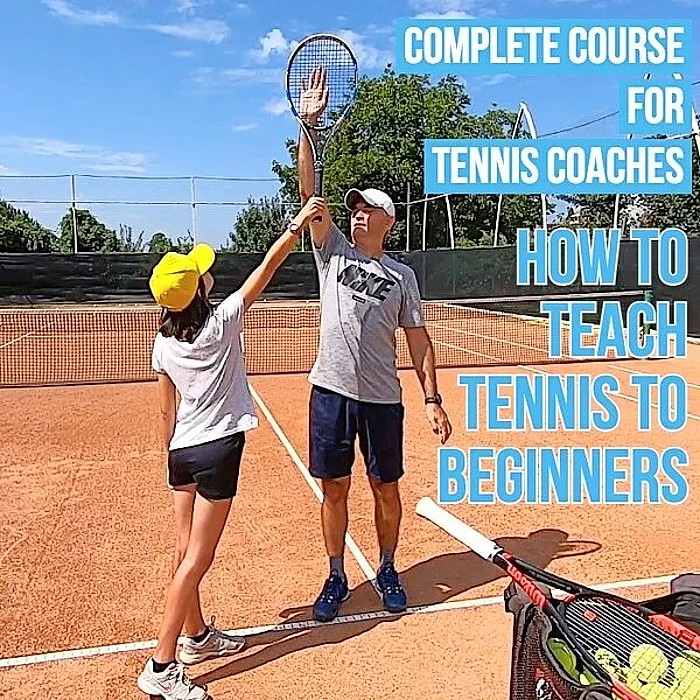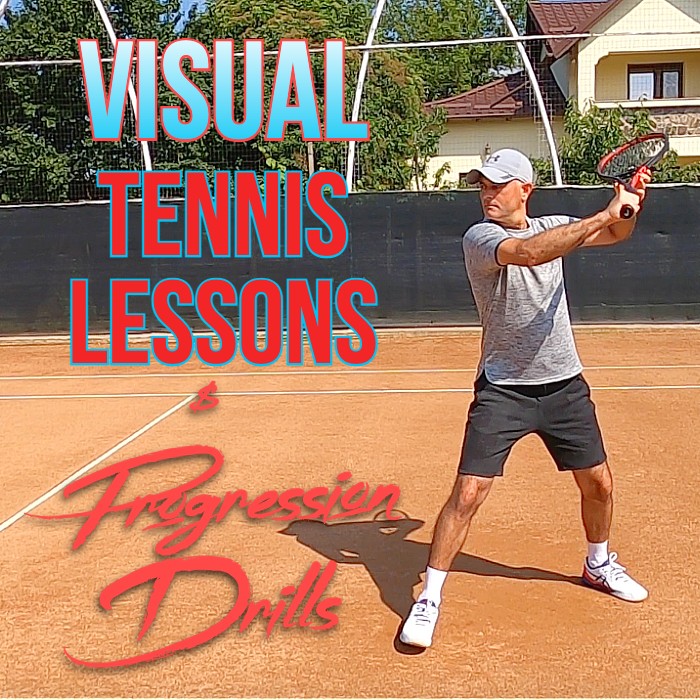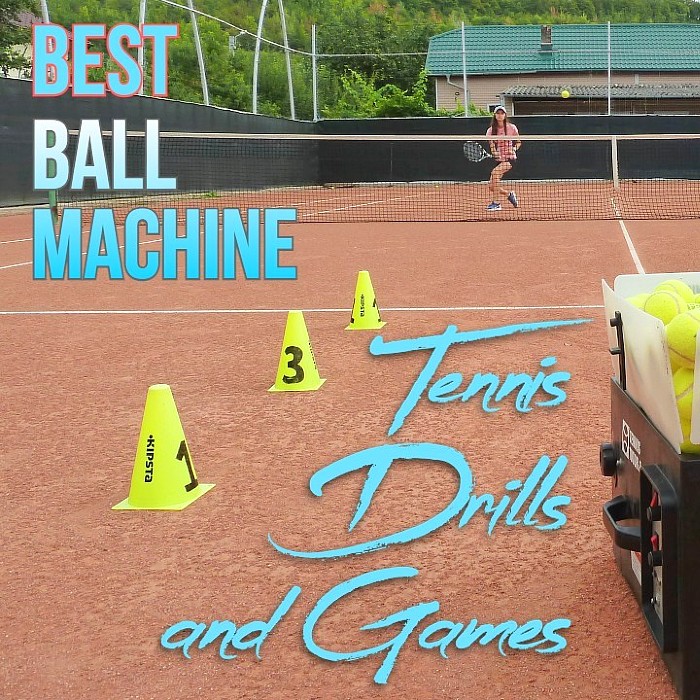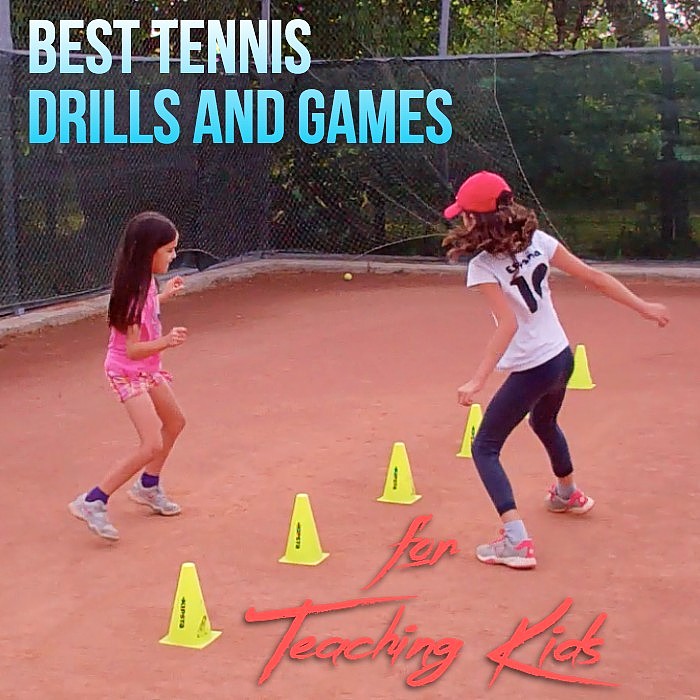How to Hit More Serves In… Under Pressure
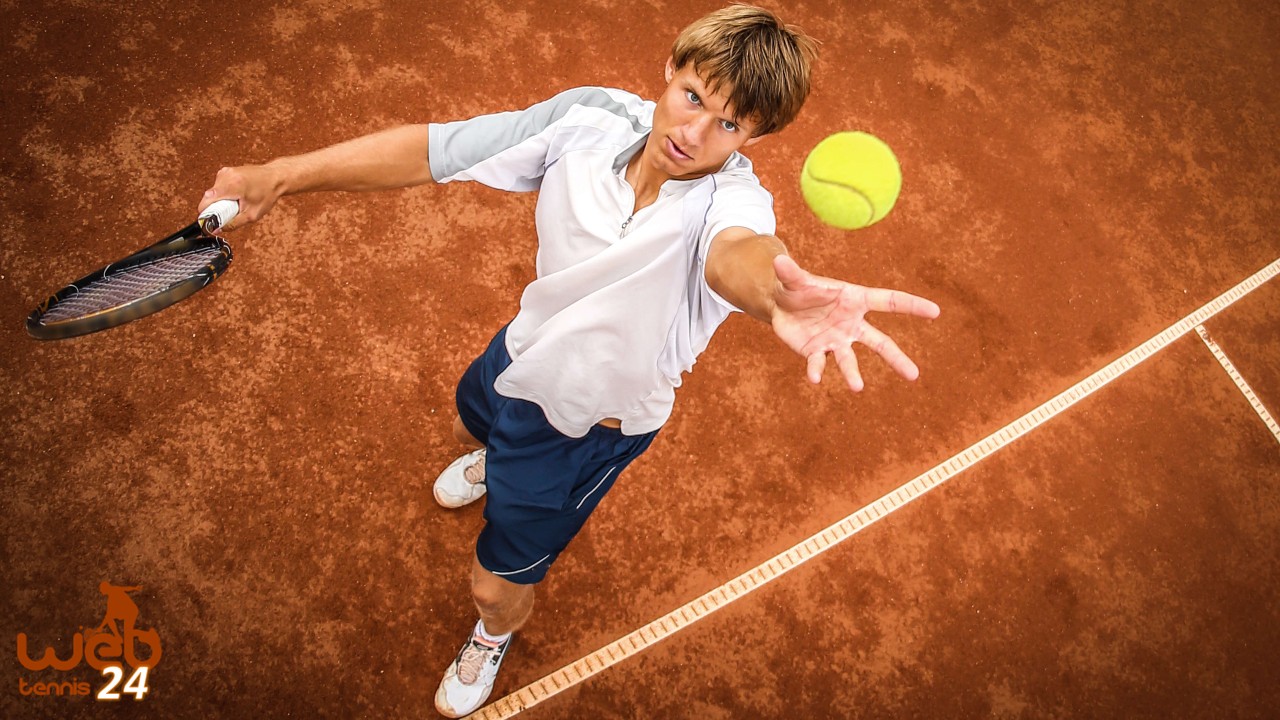
I’ve always considered that a high percentage who serve deliverability, especially under pressure, depends on… the player’s mental strength.
As a player prepares to hit the second serve, thoughts of “I’m going to hit it into the net”, “My opponent will attack me” or “I’m going to miss it” often distract and impede them from hitting it with confidence.
You see, when a player gets ready for the first serve, there is very little pressure involved other than the desire to go for a winner or place it strategically (e.g. to the opponent’s weak side).
But when the second serve is about to be delivered, that’s when our thoughts begin to challenge us.
One must understand that the serve is very sensitive to negative thinking: your racquet “becomes” heavy, the arm too tense, the whole body gets shaky…
To avoid these feelings before you are about to serve (second serves in particular) practice the following:
- Think positive thoughts (“I know I can”, “I have confidence”, “I can do this”).
- Visualize positive outcomes (“see” the ball going over the net and inside the desired service box).
- Have a ritual (bounce the ball a certain number of times, etc.).
- Relax your body (exhale slowly).
- Take your time… Position your feet, adjust the grip, and hold the racquet in your most comfortable way. Take one more look toward your opponent’s position and at the service box you are about to send the ball to.
“If you believe you can, you might. If you know you can, you will.” ― Steve Maraboli

Cosmin Miholca
Certified Tennis Coach
Check out my work at WebTennis24 where I share with you my best video tennis lessons, drills and tips for players, coaches and tennis parents.

